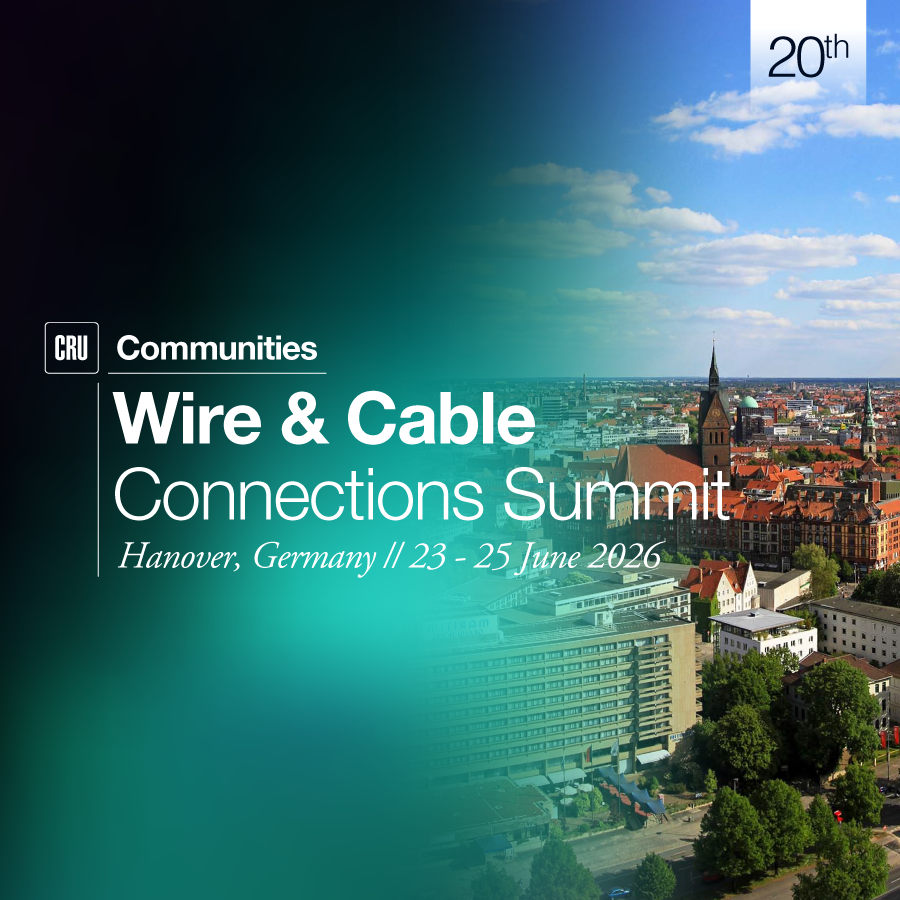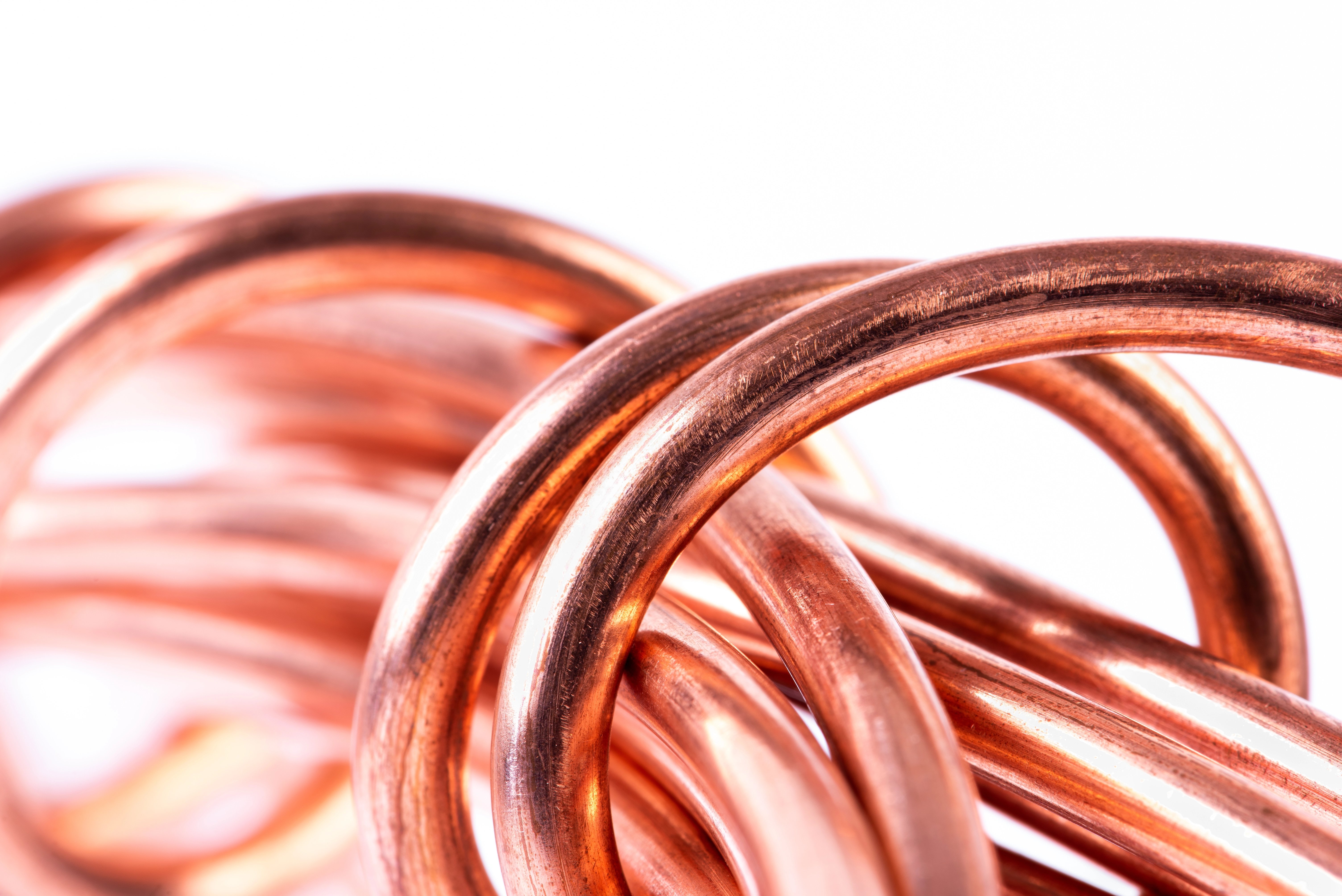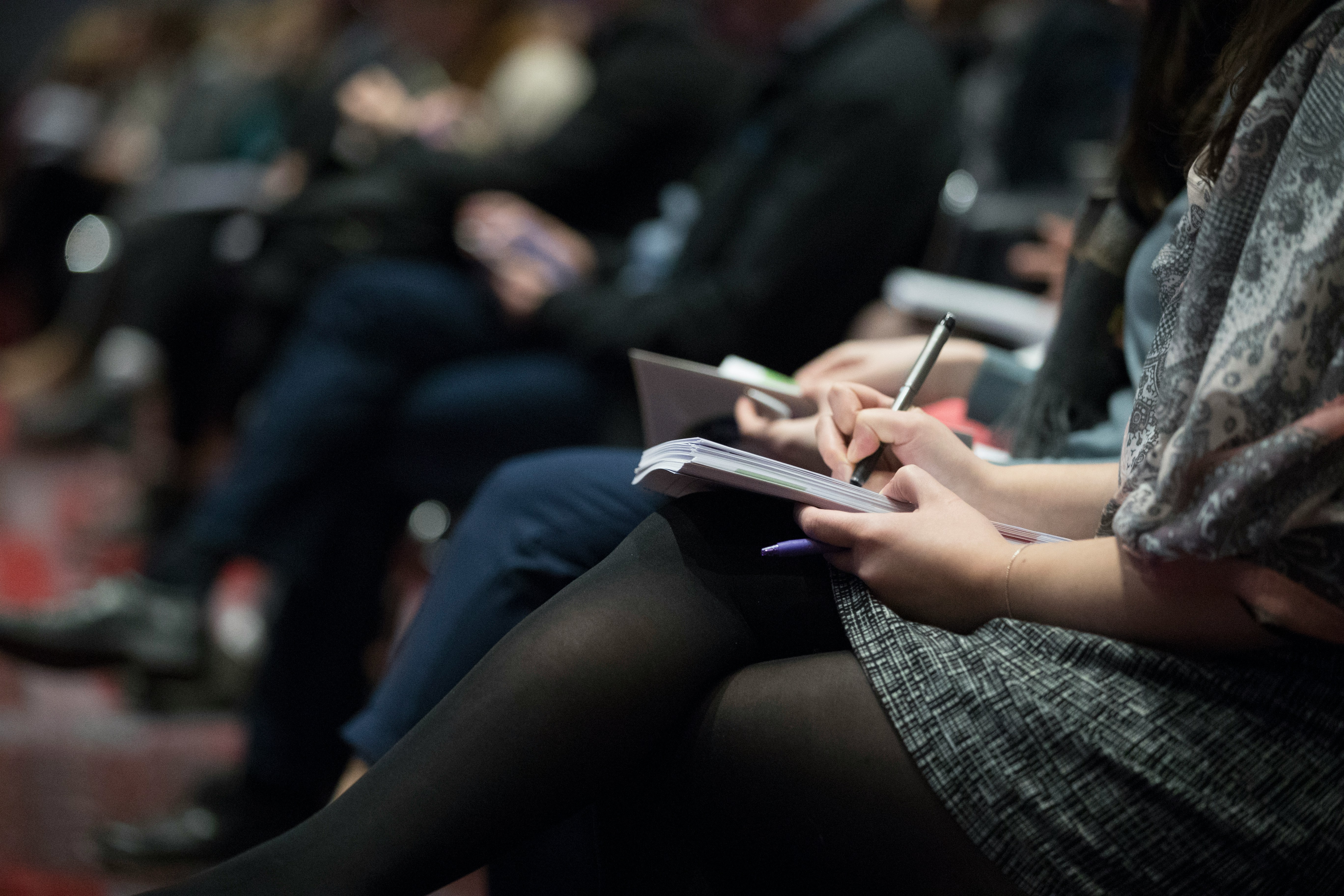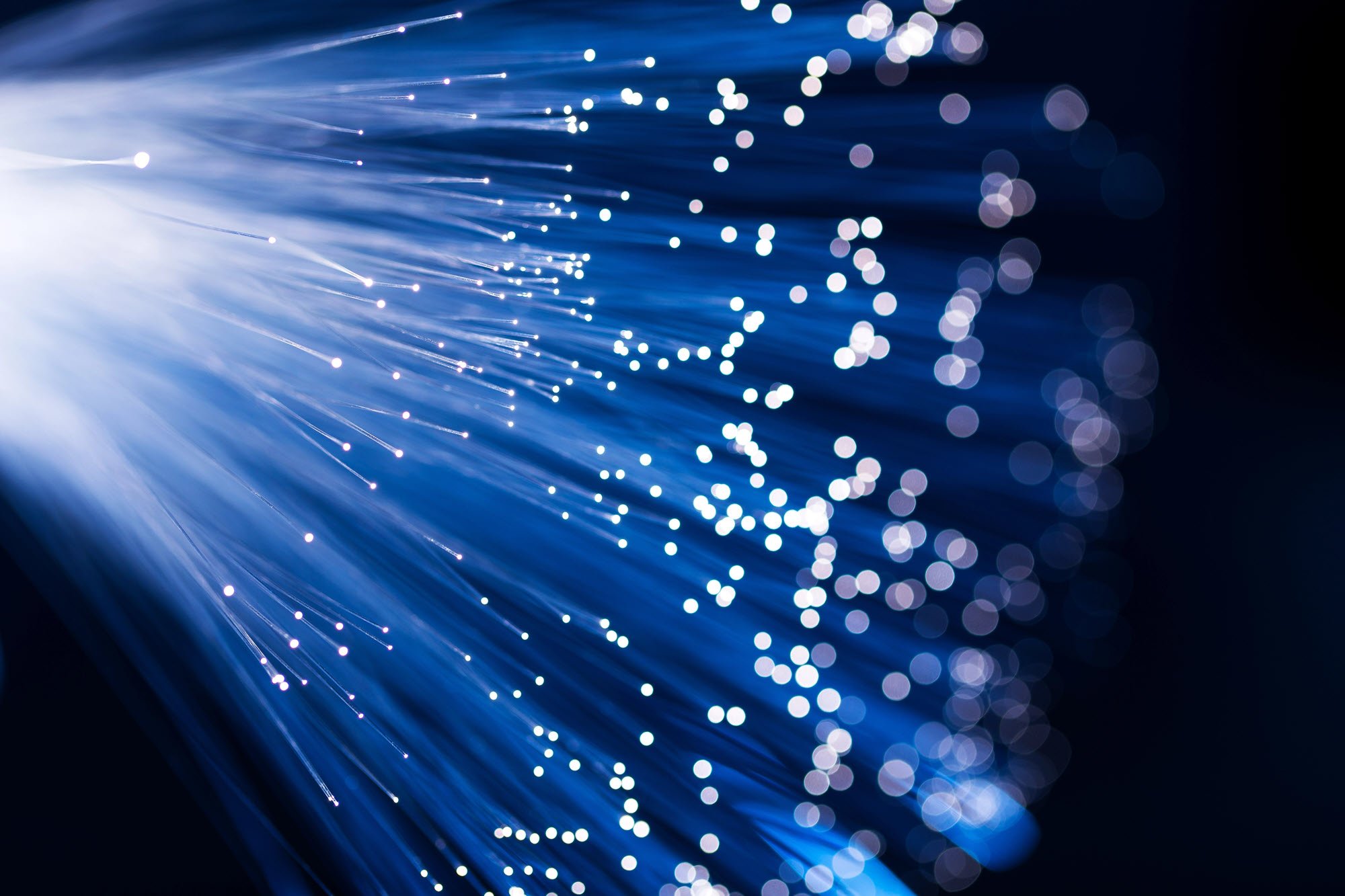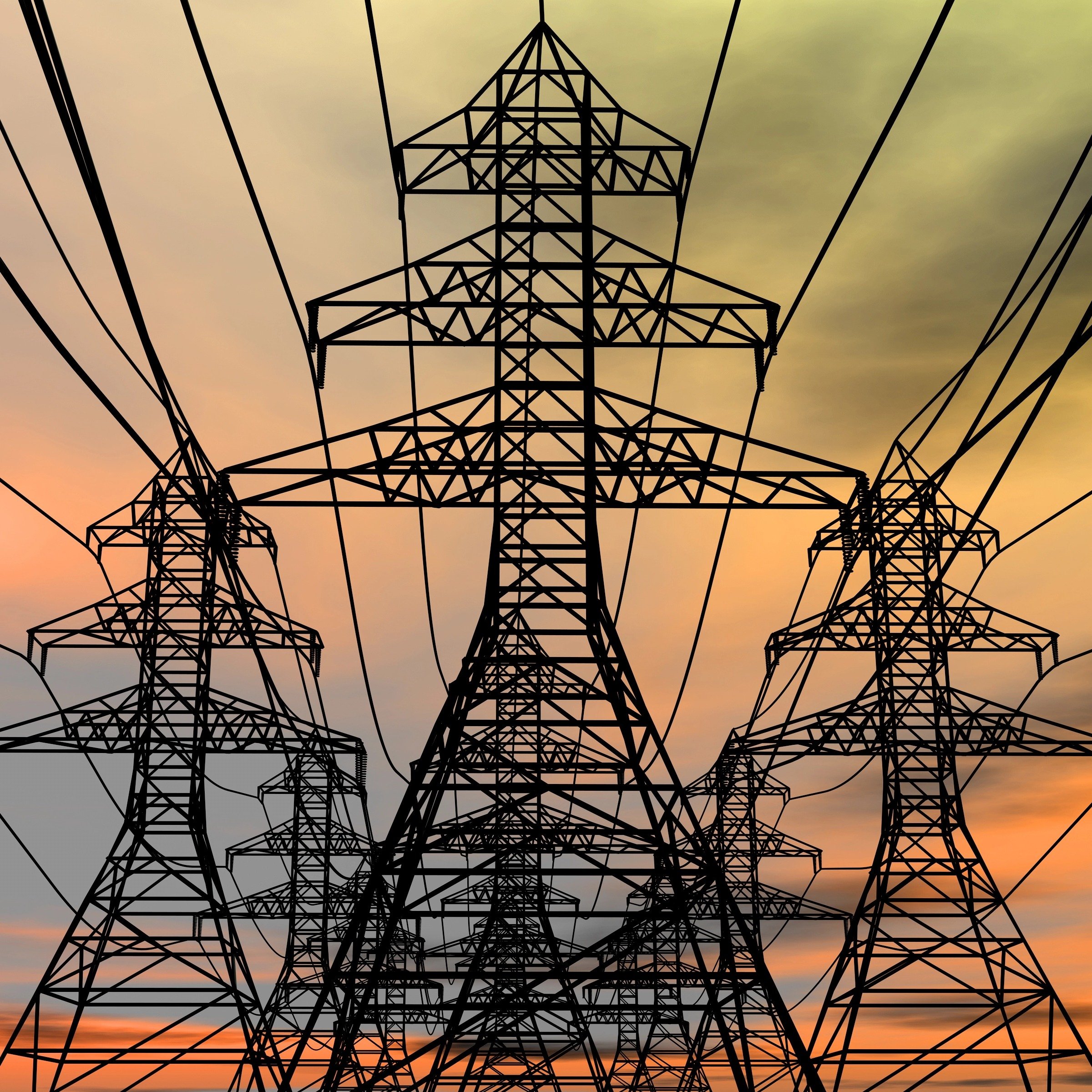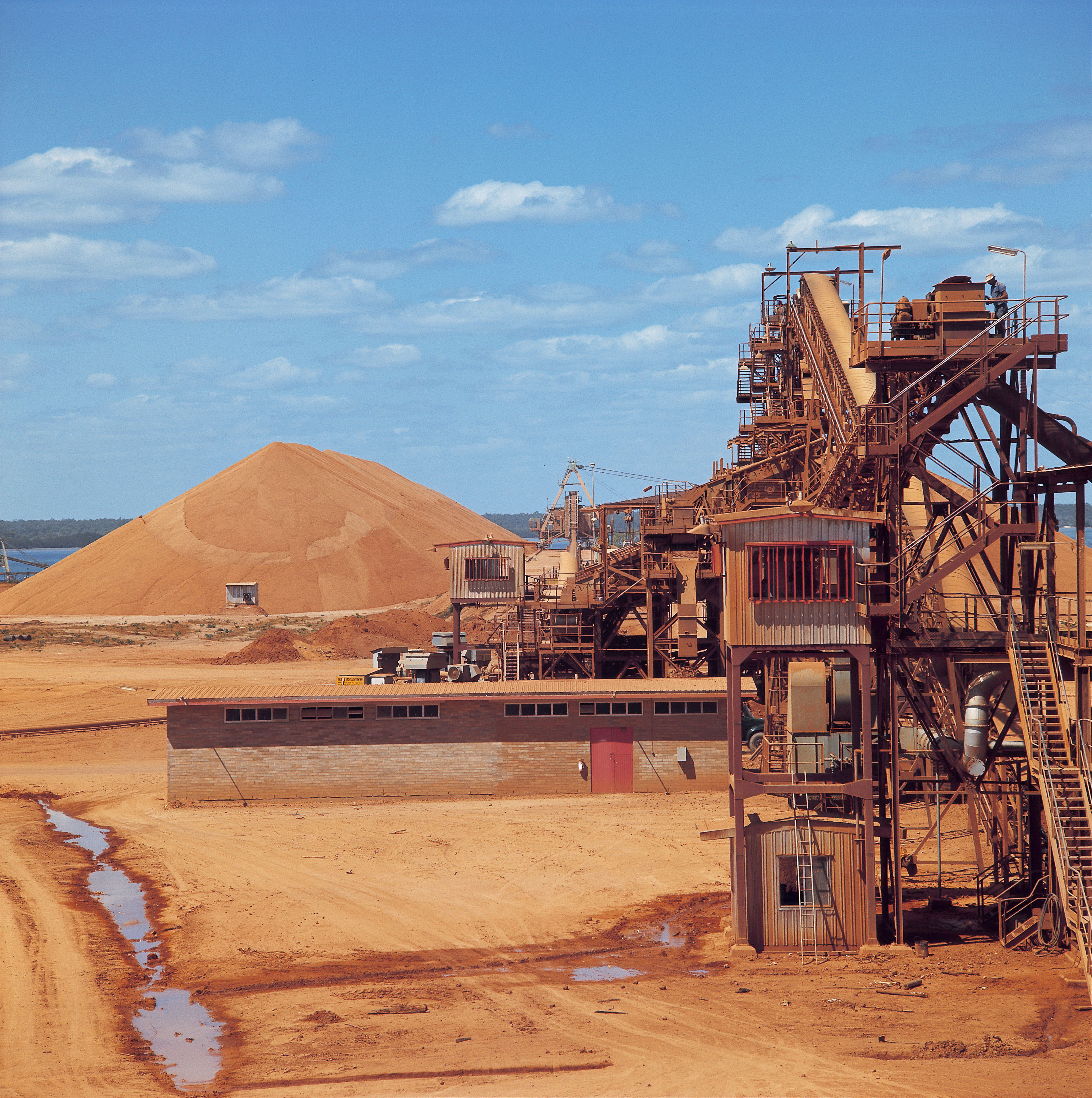CRU held its seventeenth consecutive Wire and Cable conference in Amsterdam, during 24–26 June 2024. Day 1 kicked off with a warm welcome to around 200 conference attendees from Chenfei Wang, the head of CRU’s Wire and Cable team. The attendees represented a wide variety of industry participants, from C-level management of wire and cable manufacturers to metal suppliers, compound manufacturers, equipment suppliers, government and research representatives and investment groups.
Decarbonisation and the role of wire and cable
Decarbonisation and the green energy transition were cornerstones of discussions over the two days of the conference. The evolution of solar energy has transitioned beyond the gigawatt era to now the terawatt (1,000 GW/year+) solar era, and provides great opportunity for power generation in regions or where an alternative such as wind energy is not as productive.
Battery storage is critical to reserve otherwise-wasted energy produced during peak solar production. According to CRU, solar energy generation is expected to make up 1/3 of green energy growth for the next 25 years. Power generating capacity – which drives grid expansion – is expected to grow by more than 4x, with solar accounting for 2/3 of this growth. Given the continuous expansion, cable manufacturers can expect increased demand for interconnectivity PV cables, panel-to-battery cables, and cables needed to connect batteries to the grid.
117 GW of new wind power capacity was added to the power grid in 2023, which is 50% more than in 2022. This also brings wind energy into the terawatt era, with total installed capacity of 1,021 GW, according to Feng Zhao from GWEC. Translating the installations to cable demand, CRU expects a 26.0–28.6% CAGR through 2029 for high voltage and extra-high voltage subsea cables used in offshore wind and interconnection applications. Within Europe specifically, as seen in the chart below, CRU expects the UK to continue carrying the bulk of installations. Details on all projects and cables required for those can be found in CRU’s HV and EHV Cables Market Outlook.
It was highlighted by several speakers that backlogs for major European wire and cable manufacturers can be as long as five years for these cables. Paired with the rapid growth expected over the next six years – driven by RePowerEU and other government initiatives – competition from Chinese wire and cable producers is likely as they have additional capacy, and have a proven track record to be able to invest and build new production lines very quickly.
Chinese companies such as ZTT, Hengtong, and Orient Cable have already supplied cables to European offshore wind farms. These and other Asian players are looking into building production facilities on the European continent to further support European projects. It should also be noted that at the moment, Chinese companies are not in the HVDC submarine cable space in Europe. European companies have discovered they need to prove themselves as more of a full solutions provider, rather than a wire and cable provider, in order to maintain a competitive advantage within Europe.
There is an agreement across industries that wind and solar energy are required together for the world to achieve decarbonisation goals. Nuclear, a less discussed alternative was brought up by Dr. Maurizio Bragagni from Tratos. It was said that nuclear energy may be the most cost-effective solution, at an estimated cost of $60–70 per megawatt-hour (MWh). Paired with superconducting cables which permit zero electrical resistance, Tratos believes that the future will have nuclear fusion paired with superconductor cable solutions as a viable energy source for Europe. Superconductor cables are considered a viable solution to usher in an all-electric future, as they can transmit up to 10 kA without losing any electricity during the transmission, due to cooling technology bringing the surrounding temperature to around -200 degrees Celsius.
The most critical bottleneck for reaching decarbonisation goals is the current state of the grid and its capacity within Europe. The grid is one of the oldest in the world and requires significant investment. Dr. Florian Martin from TenneT advised that Europe realistically needs to triple its grid capacity in order to meet the newly expected demand from energy transmission, driven by all decarbonisation initiatives and overall energy consumption growth. Focus on the grid was a sentiment agreed upon by all presenters who spoke about subjects regarding electrical transmission; it was made abundantly clear that the European grids need modernisation and expansion.
Additional details on CRU’s expected growth within sectors adding energy into the grid can be found in the chart below.
Briefing on copper and aluminium: The fight continues
Another commonly discussed topic at CRU’s Wire and Cable conference was surrounding substitution in wire and cables from copper to aluminium. This year has seen rather elevated prices and apprehension within the industry regarding overall supply constraints, stemming from issues within copper mines and investors.
Currently, copper is between 3.5 and 4.0 times more expensive than aluminium, creating a commercial drive that cannot be ignored and therefore many consider using aluminium cable in lieu of a traditional copper cable, even though close to double the cross-section width is required for aluminium to carry the same load.
The big question, however, is at what rate is substitution happening, and more critically, why is it not happening faster? CRU notes that substitution is indeed happening, with aluminium cables taking a greater share from copper cables overall, though at a slow pace. The drive would come more from end-users, who must also consider size constraints that cause installation issues, the need for larger conduits, and more physical space in cable trays, all of which impact overall project costs and complexity.
Secondly, updating specifications such as national standards for grids is very complicated and time-consuming, again lessening the end-user’s attractiveness to switching to aluminium cables.
Sustainability within raw materials for the wire and cable industry is important too as European countries are seeking to reduce their respective carbon footprint. Thomas Samson from Aurubis expects global refined copper consumption to increase by more than 60% through 2050, reaching over 40,000 kt. Despite the growth projections (and arguably needs) copper recycling can be challenging due to sourcing of a high enough quality of copper scrap.
Aluminium is also recyclable, but with additional challenges. Each time aluminium is exposed to oxygen, a small amount of aluminium is converted to aluminium oxide. As the aluminium is melted down, the layer of aluminium oxide is mixed in, thus yielding a less pure aluminium by-product, which means each time aluminium is recycled, it becomes less pure.
Evolution of cable companies
As previously mentioned, wire and cable companies are finding ways to show their resilience in the face of competition by becoming full solutions providers, rather than simply a material provider. This is seen in the offshore wind space, as companies are building the cables, laying them with their own vessels, and connecting them. New innovations are seen in the substation space, again providing new connectorised solutions, allowing for easy installation.
Maria Vittoria Giancola of Prysmian showcased advancements in manufacturing processes, utilising augmented reality, virtual reality and artificial intelligence. Leveraging technology always yields advancement, and in the case of Prysmian, it is promoting safety within the workplace while allowing for more efficient results. This was echoed by other companies such as BHAG which is helping pioneer digital transformation into wire and cable companies.
To summarise, the wire and cable industry is playing a key role in making the planet more sustainable by supporting decarbonisation efforts and lowering carbon footprints along the way. Challenges facing the industry include current grid capabilities and capacities, potential copper shortages and high prices, and issues in the recycling of raw materials. The industry continues to prove its resilience in the face of challenges by pushing itself to provide more full-scale solutions and ushering in the digital age to maintain competitiveness and seek improvement through change. If you have any questions, please don’t hesitate to reach out.




